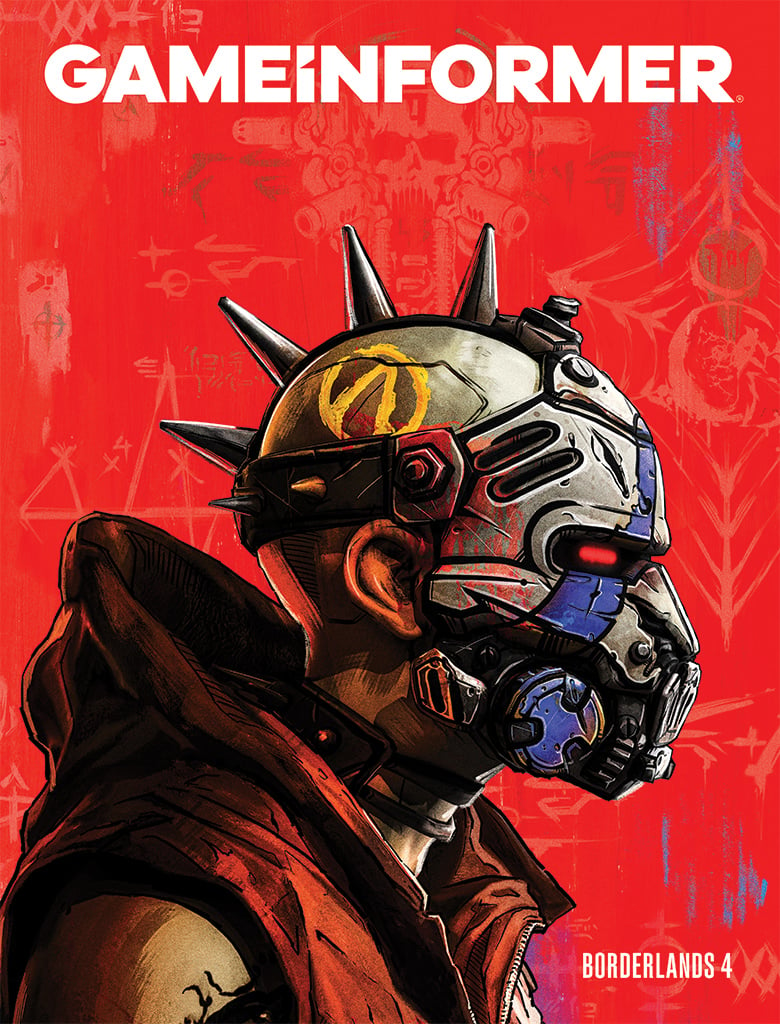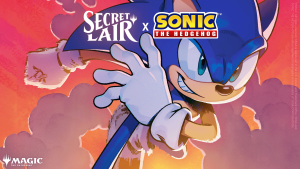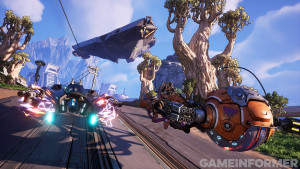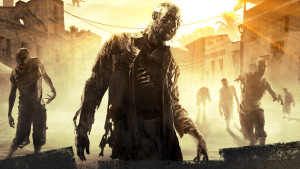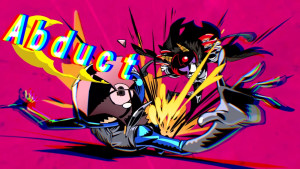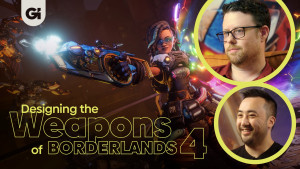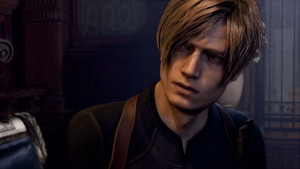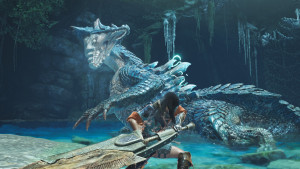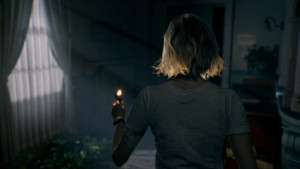Last chance to get your Borderlands 4 issue when ordered by July 1st. Subscribe Now!
Vicarious Visions Answers Our Questions About Taking The Lead On Skylanders

When Skylanders was first announced three years ago, it was met with a lot of skepticism. Since then, the series has grown into a $1.5 billion franchise, with iterations on eight platforms, including three different mobile titles. Today marks the release of the third main entry in the franchise, Skylanders: Swap Force.
Our review is live, and it's safe to say that executive editor Andrew Reiner liked it. We sent some questions to Vicarious Visions about the changes they have implemented when taking on lead development for this installment.
Want to learn more about the new characters, the improved mechanics, and the challenges of a new studio taking the lead on an established franchise? Visual development director Brent Gibson and game director Jeremy Russo have some answers.
Game Informer: Can you describe the thought process and implementation related to introducing jumping into the Skylanders design?
Brent Gibson, visual development director: There is something about Jump that completes the feeling of controlling a character. There are so many games that I’ve played where I subconsciously jump as I play. It also adds a new dimension to the franchise that players were clamoring for. I believe the combination of it feeling good, it being fun, and it fully satisfying the gamers expectation made it an easy decision.
Jeremy Russo, game director: At the beginning of SWAP Force development, most of our attention was dedicated to creating the SWAP Force mechanic of mixing and matching interchangeable parts of Skylanders, but we also spent time exploring what aspects of Skylanders we could evolve or improve on. One of the things that “jumped” to the top of the list was, well, “jump.”
Jump was something the fans had been asking for, but it was also something we felt would add a whole new dimension to the gameplay and expand the variety of gameplay we could offer players. However, Skylanders was not a hardcore platformer, and we knew from years of experience making games for kids that a younger audience can struggle with 3D platforming games.
To ensure jumping added more fun and depth to the experience without alienating the younger demographic, we took a very methodical approach to implementing jump. We put a lot of focus into defining jump distance and height metrics, making the jump arc feel good and produce reliable outcomes, and put kids through the ringer on a wide variety of different platforming scenarios.
Where we ended up was a fantastic place, where the older gamers have praised us for adding a whole new layer of depth to the levels and feeling of control over the characters, and where the younger players are still able to progress all the way through our levels without getting stuck. We still retained some of the more hardcore platforming moments that we tried and really enjoyed, but they were all moved into optional and hidden areas off the critical path in our levels.

Skylanders characters have a history of rich, fun personalities. What was the most important thing for Vicarious Visions when taking over the mantle? How did you go about designing the Swap Force characters, which change their names and attributes, in such a way that no matter how they are configured, their personalities are intact?
JR: When creating the SWAP Force, we were obsessed (almost to an unhealthy level) with the character’s personality; what defined it, how would it be maintained when swapping parts, how important was it to the franchise. We would often spend entire days diving into the subject, and it’s something we spent months experimenting with and eventually perfecting.
In the end I think we nailed it, and the proof is in our observations of people playing the game. Players would often choose top halves based on their personalities, they felt the personalities maintained throughout all of the various combinations they tried, and we never once got a complaint about them feeling odd or off.
The personality is primarily driven by the top half, where the head, facial expressions, and voice deliver on that personality. This is reinforced by things like the top half storing your XP Level and Gold, the first half of the SWAP name being defined by the top half, and because highly personality-driven animations from the top half have the ability to override the full body animation.
The bottom half defines how you move, both through the full body traversal animations as well as their special movement abilities and attacks on the bottom half. The SWAP Zones complete the package by giving the bottom half extra importance to the play experience (since you can only access certain SWAP Zones with matching bottom half traversal types), so it makes the top half and bottom half feel like they are equal in importance.
BG: The great thing about Skylanders characters is that each has its own unique and singular personality. Every great Skylander has this in abundance. We wanted every single SWAP Force character to have this very same thing in their original, unswapped forms. This way you know what to expect when you are investing your time into that character.
The fun thing with SWAP Force characters is that they we skillfully crafted them to extend beyond that expectation when you choose to start mixing and matching. We designed the poses, the colors, the powers, and the personalities to play off each other. In some cases the combos look like they were meant to be, like Spy Shadow and Fire Loop. In other cases we have the combo that makes you laugh, like Magna Ranger and Rattle Jet.

What have been the biggest challenges in taking over the franchise and moving from the portable version to the primary sku?
JR: Creating games for portable platforms versus console platforms can be very different, primarily because of the reasons gamers would choose to be playing a portable experience versus on a console in the living room. Portable games often need to focus on shorter bursts of gameplay, with gameplay more focused on single clear objectives. On console, people are expecting a more immersive experience and a world to get lost in, so a lot of our effort was put into creating rich, immersive environments with lots to do.
The play pattern when using the Skylander figures is also different on handheld devices, where you need to “load” the characters in on the 3DS, or not even using toys in the case of the mobile games! But in SWAP Force the player can change characters at any time, and now they can use the SWAP Force characters to CREATE a character at any time. This meant we could put a lot more opportunities for character and part swapping into the levels without it getting frustrating, and it meant that players with a large collection can really feel the value of their entire lineup of Skylanders every step of the way.
BG: The development of SWAP Force started even as Spyro’s Adventure was still being finished. This put us in a unique situation where we could indirectly learn from development at Toys for Bob and we could directly learn from the work we were doing at VV on the Spyro’s Adventure 3DS, Giants Wii U, Cloud Patrol, Battlegrounds, and Lost Islands. It gave us a 360 degree view of the franchise and that was worth its weight in gold. So the challenge wasn’t that we had to transition from portable to lead console sku, it was more about how do we take all the information from all of the titles we’ve developed in the franchise and use that to make the best game possible.
Skylanders: Swap Force is out today on PlayStation 3, Xbox 360, Wii U, Wii, and 3DS. Xbox One and PlayStation 4 versions are coming alongside the launch of those consoles.
